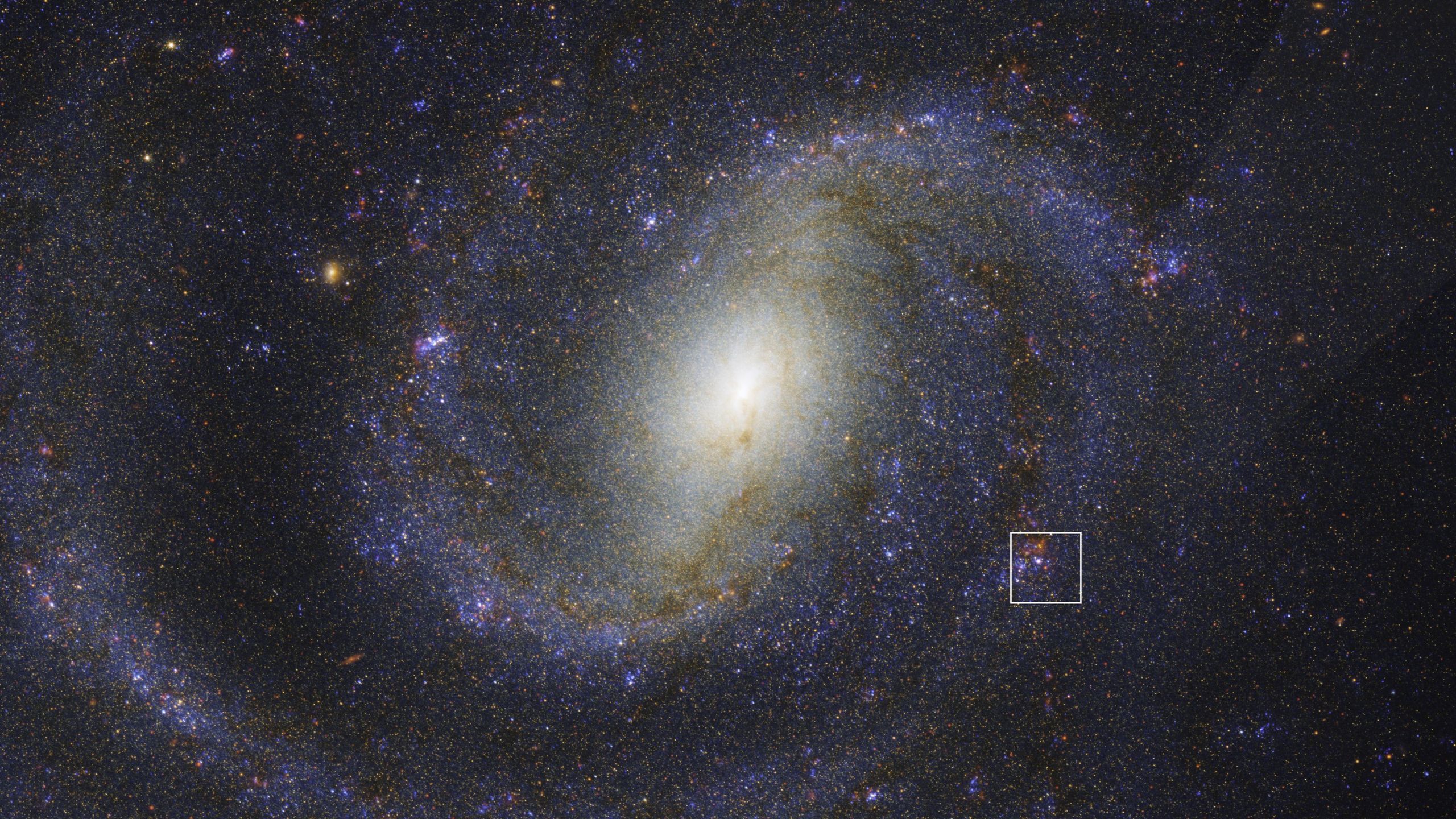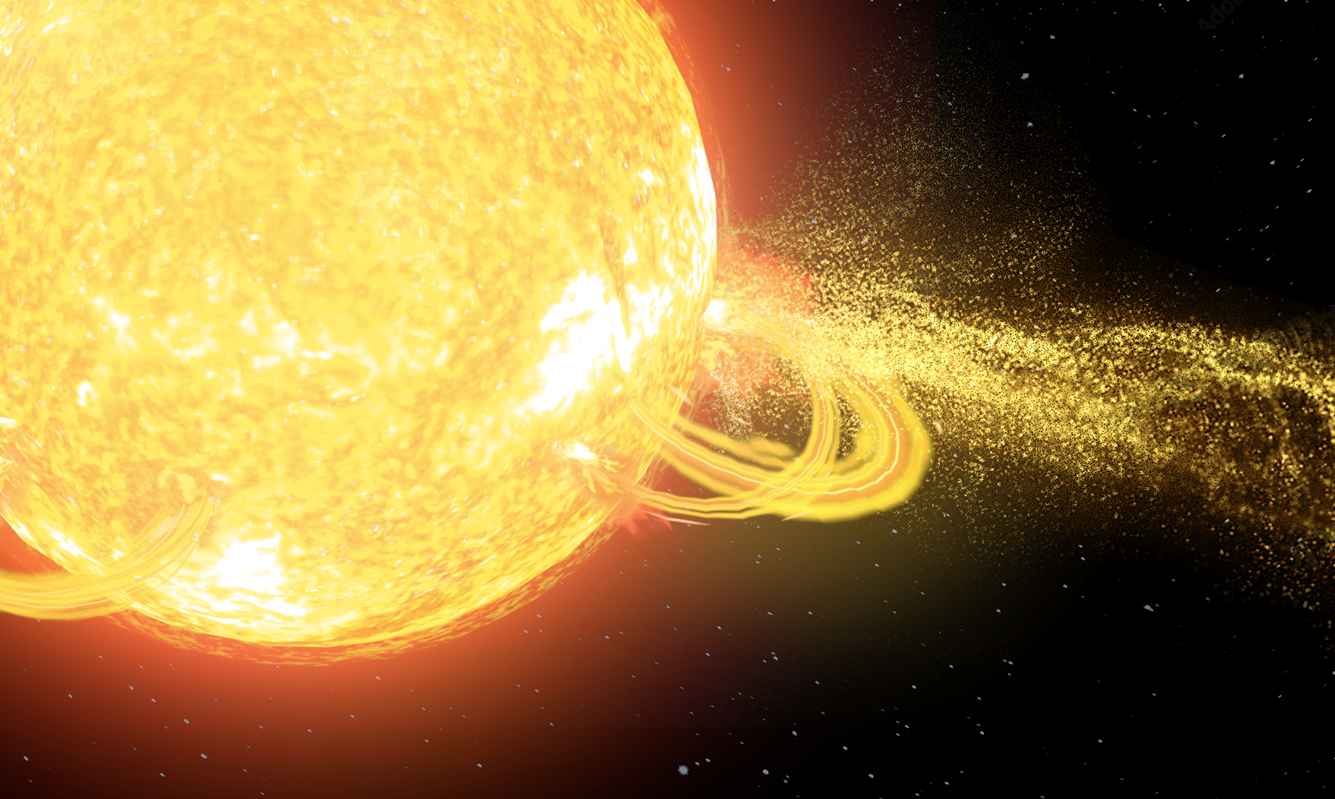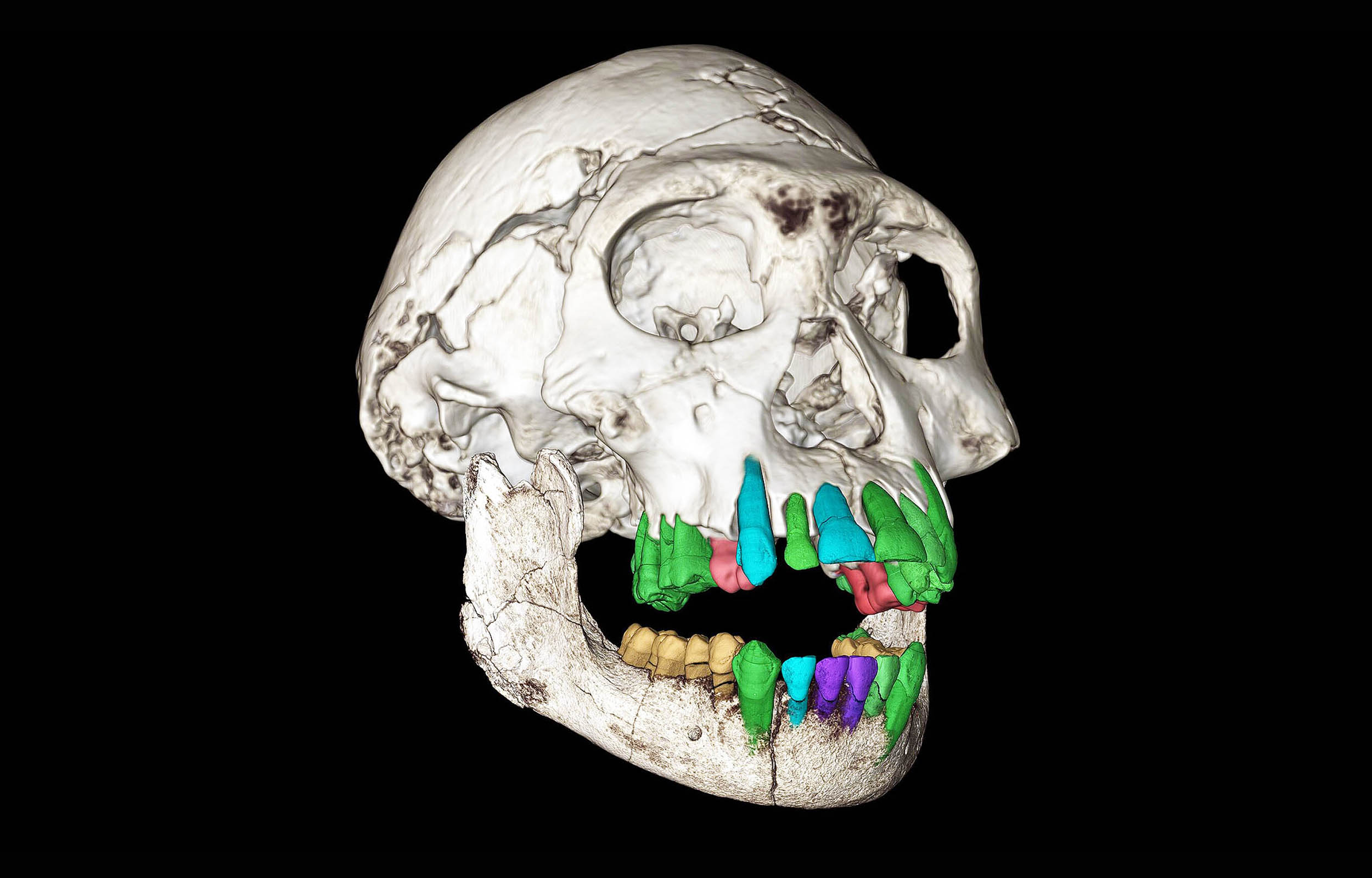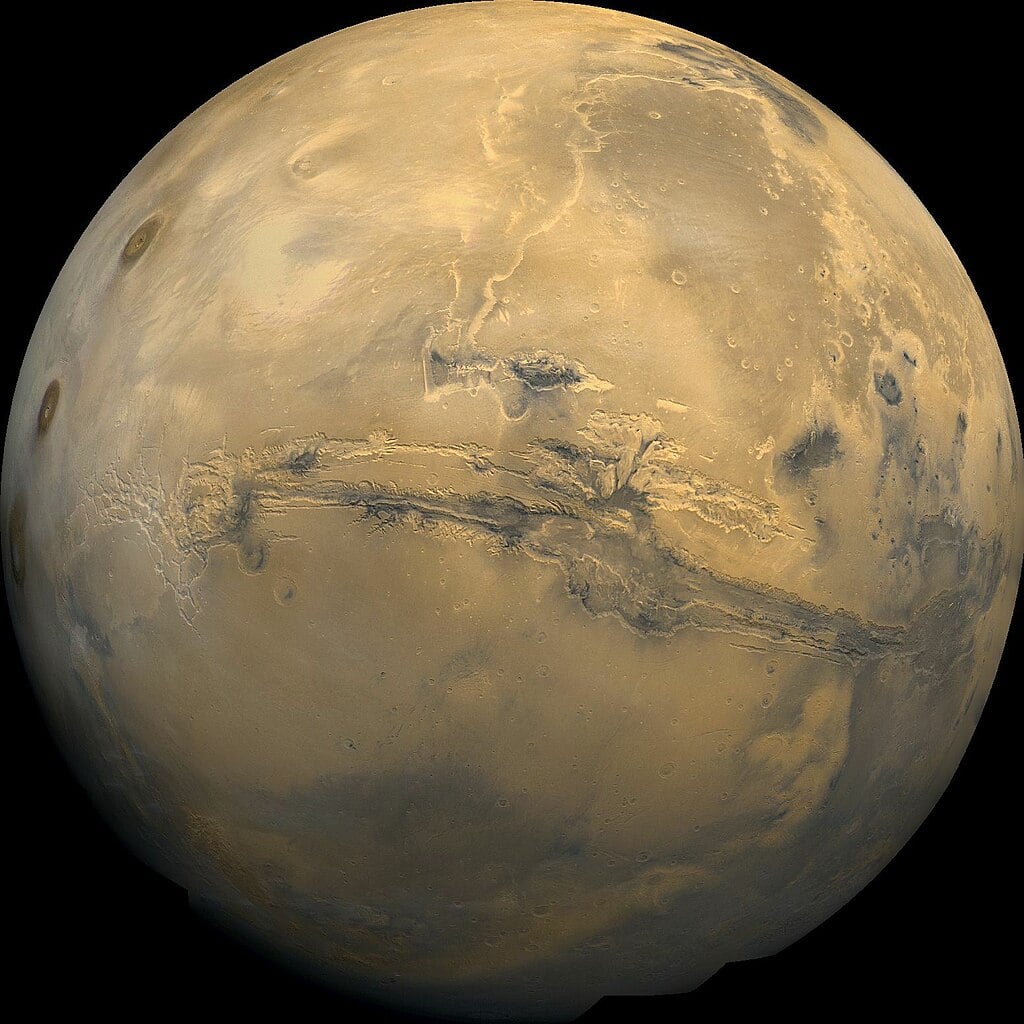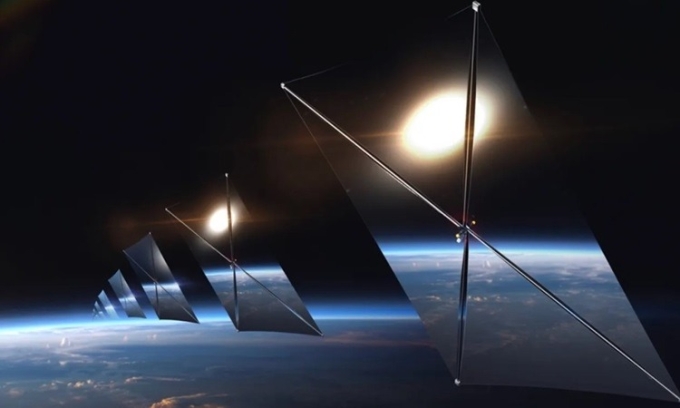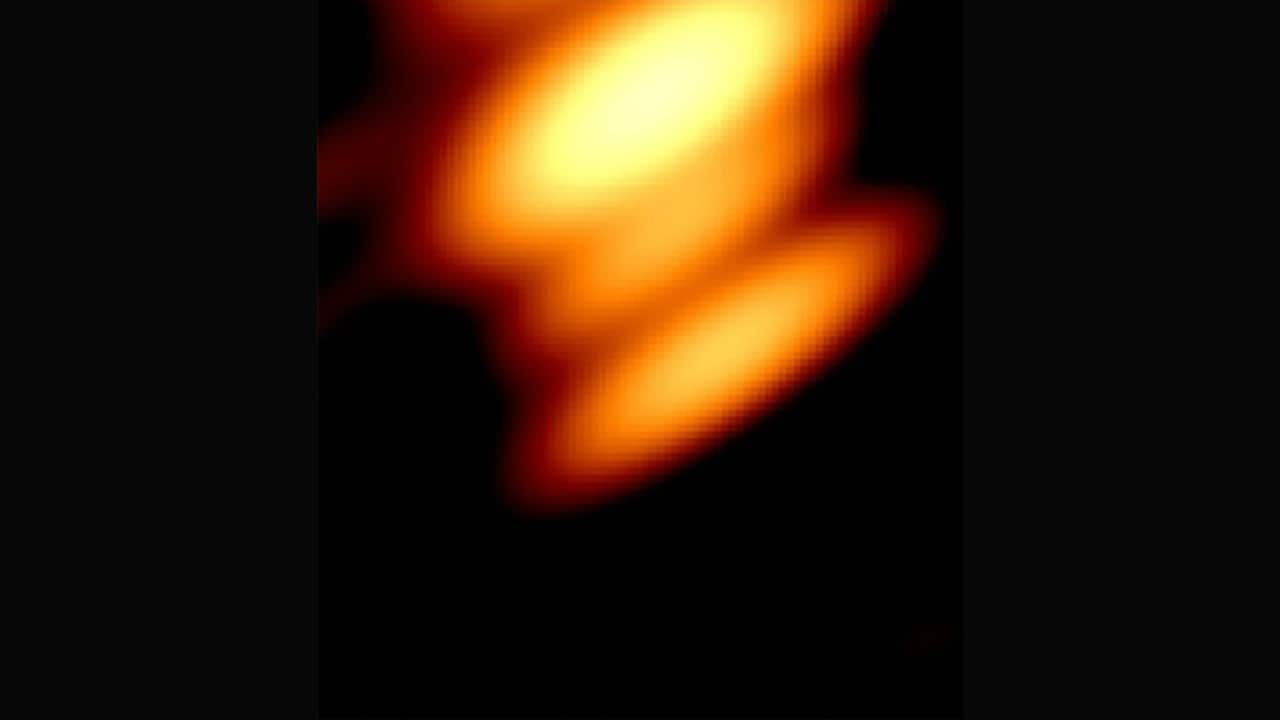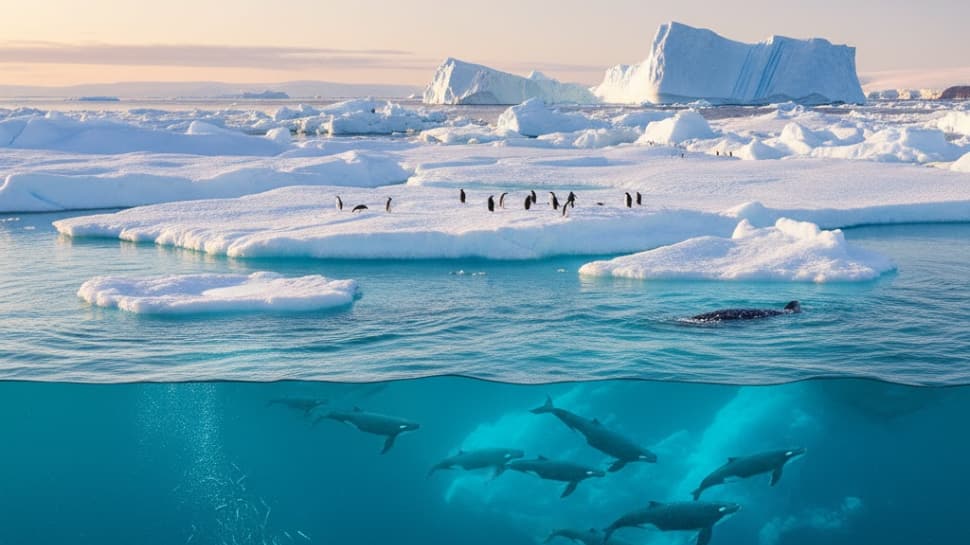Secrets of the Moon's Mysterious Dark Side Unveiled: What Will Artemis Discover?

Did you know that one side of the Moon is a total mystery to us? That's right! Thanks to the gravitational dance between our planet and its lunar companion, one hemisphere remains stubbornly hidden from Earth. This phenomenon is known as synchronous rotation, and it’s not just a quirk of nature; it’s a gateway to understanding how our Moon was formed and evolved over billions of years.
On the far side of the Moon, beyond the reach of our telescopes, lies the South Pole-Aitken basin—a massive crater that measures an astonishing 1,930 km from north to south and 1,600 km east to west. It’s not just any crater; it’s an ancient scar from a colossal asteroid impact that occurred around 4.3 billion years ago, leaving behind clues about the Moon's history. A groundbreaking study from the University of Arizona has turned our understanding of this crater on its head, revealing secrets that will impact future lunar explorations.
Jeffrey Andrews-Hanna and his research team have dropped a bombshell: previous theories suggested that the asteroid collided with the Moon from the south, but their meticulous analysis shows that the impact actually originated from the north. This revelation is more than a minor detail; it reshapes our expectations for the upcoming Artemis missions, which aim to land near this very site.
The South Pole-Aitken basin isn’t just a geographical curiosity; its formation holds vital information about the Moon’s interior. When asteroids crash into celestial bodies, they don’t just create craters—they excavate material from the depths. The traditional belief was that this material gets evenly distributed, but the reality is different. The “down range” end of a crater typically gets buried under debris, while the “up range” end remains relatively untouched. This means that when Artemis astronauts touch down on the southern rim of the basin, they will have a front-row seat to study untouched lunar materials, essentially taking a geological core sample without any drilling.
What’s inside these samples? A fascinating history awaits. Long ago, the Moon was enveloped in a global ocean of magma. As it cooled, heavier minerals formed the mantle, while lighter ones floated up to create the crust. However, some elements—like potassium, rare earth elements, and phosphorus—didn’t solidify and instead concentrated in what scientists call KREEP. This enigmatic material has mostly been found on the Moon's near side, raising questions about why the far side remained barren and heavily cratered.
The new study posits that the Moon’s crust is significantly thicker on its far side, creating an asymmetry that scientists are still piecing together. As the crust thickened, it squeezed the remaining magma ocean toward the thinner near side. The South Pole-Aitken impact serves as crucial evidence for this theory, as it revealed a high concentration of radioactive thorium—a signature of KREEP—on the western flank of the basin. This suggests that the impact sliced through an area where KREEP-rich material lurked beneath the crust.
When the Artemis astronauts gather samples from this radioactive region, they will hold in their hands the potential to unlock the Moon's secrets. These rocks could finally decipher how our Moon transformed from a molten ball into the diverse world we see today, with each hemisphere narrating a different chapter of the same epic tale.














